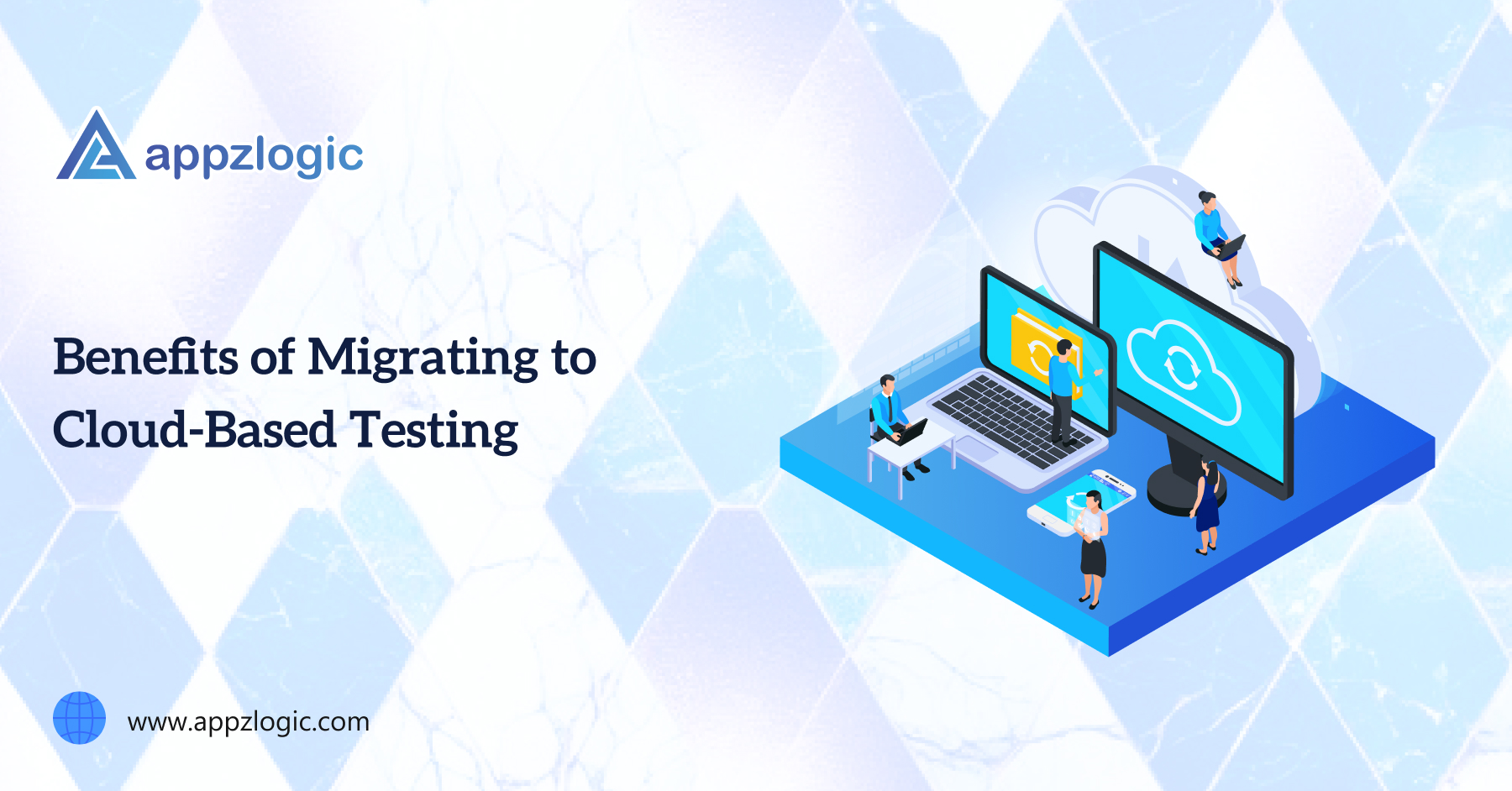A strategic approach to testing is necessary to keep ahead of the curve in the ever-changing world of software development.Traditional testing methods are often shackled by infrastructure limitations, resource constraints, and scalability issues. Enter cloud-based testing services – a revolutionary paradigm shift that is reshaping the way organizations ensure the quality of their software products. In this blog post, we will delve into the manifold benefits of migrating to cloud-based testing, exploring how it not only addresses traditional testing challenges but also unlocks new opportunities for efficiency, collaboration, and innovation.
1. Unprecedented Scalability:
One of the standout advantages of cloud testing services is the unparalleled scalability they offer. In traditional testing environments, acquiring and configuring hardware to accommodate varying workloads can be time-consuming and expensive. Cloud-based testing eliminates this hurdle by providing on-demand resources. Teams can effortlessly scale up or down based on testing needs, ensuring optimal performance without the need for hefty upfront investments.
2. Cost-Efficiency:
The cloud testing paradigm is inherently cost-effective, transforming capital expenses into operational expenses. With pay-as-you-go models, organizations pay only for the resources they consume, significantly reducing infrastructure and maintenance costs. This financial flexibility enables companies to allocate resources judiciously, directing funds towards innovation and core business activities rather than being tied up in fixed assets.
3. Global Accessibility and Collaboration:
Cloud testing services empower teams to collaborate seamlessly, irrespective of geographical constraints. Testers and developers located across the globe can access the same testing environment in real-time, fostering efficient collaboration and reducing time-to-market. This global accessibility not only enhances team productivity but also promotes a culture of inclusivity, drawing on diverse talents from different corners of the world.
4. Rapid Deployment and Faster Time-to-Market:
Time is of the essence in the competitive world of software development. Cloud-based testing allows for rapid deployment of testing environments, reducing setup time and accelerating the overall testing process. The ability to parallelize testing across multiple virtual environments expedites test cycles, resulting in faster time-to-market for software products. This agility is a critical asset in today’s fast-paced business landscape.
5. Enhanced Test Coverage:
Cloud testing services provide a diverse array of testing environments and configurations, enabling comprehensive test coverage. With the ability to simulate various user scenarios, devices, and network conditions, organizations can identify potential issues in a controlled environment before they impact end-users. This expanded test coverage contributes to the robustness and reliability of software applications, enhancing overall quality.
6. Improved Resource Utilization:
Optimizing resource utilization is a key benefit of migrating to cloud-based testing. Traditional testing environments often face challenges related to underutilized resources, leading to inefficiencies and increased costs. Cloud testing allows organizations to dynamically allocate resources based on actual testing needs, maximizing utilization and minimizing wastage.
7. Automated Testing at Scale:
Cloud-based testing seamlessly integrates with automated testing frameworks, enabling organizations to implement automated testing at scale. Automated tests can be executed concurrently across multiple virtual environments, significantly reducing testing time and human intervention. This not only enhances the efficiency of the testing process but also improves the accuracy and reliability of test results.
8. Robust Security Measures:
Concerns about data security are prevalent in the digital age. Cloud testing services, however, prioritize security and compliance, often implementing robust encryption, access controls, and monitoring mechanisms. Cloud service providers invest heavily in securing their infrastructure, offering a level of security that may surpass what individual organizations can achieve in on-premise environments.
9. Continuous Integration and Continuous Testing:
The cloud seamlessly integrates with DevOps practices, fostering a culture of continuous integration and continuous testing. This ensures that testing is an integral part of the development pipeline, allowing teams to identify and rectify issues early in the development process. The result is a more reliable and stable software delivery process.
10. Environmental Sustainability:
Migrating to cloud-based testing is not just a boon for efficiency but also for environmental sustainability. Cloud service providers are increasingly focusing on green initiatives, optimizing data center operations for energy efficiency. By leveraging shared resources and advanced infrastructure, organizations contribute to a more sustainable and eco-friendly approach to testing.
The benefits of migrating to cloud-based testing are far-reaching, touching upon scalability, cost-efficiency, global collaboration, speed, coverage, resource utilization, automation, security, continuous integration, and environmental sustainability. Embracing cloud testing services empowers organizations to transcend traditional testing constraints, unlocking new possibilities for innovation and competitiveness in the ever-evolving realm of software development. As the digital landscape continues to evolve, the adoption of cloud-based testing is not merely an option but a strategic imperative for those aiming to stay at the forefront of technological advancement.




